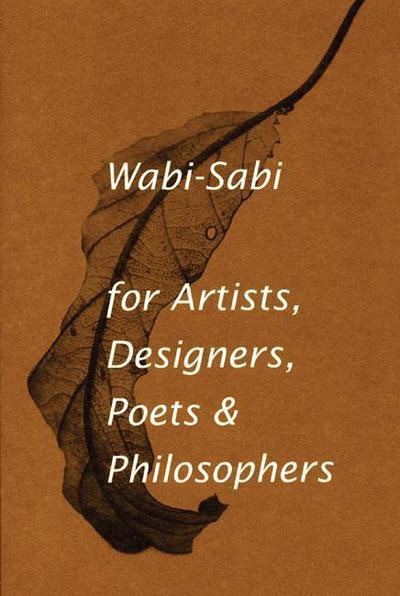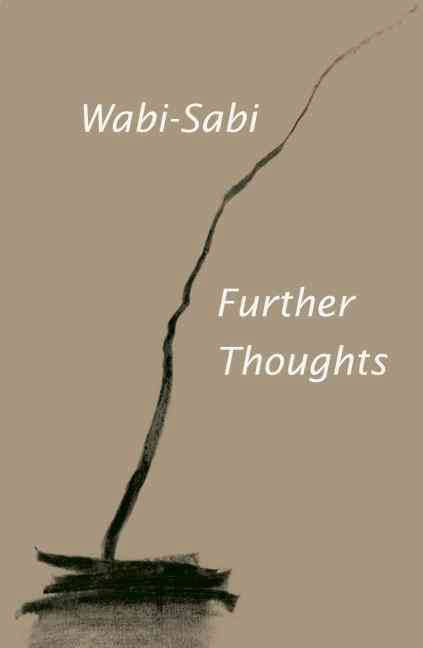Josef Albers, Interaction of Color
When working through the first exercise Albers states that 'colour is the most relative medium in art' (2013, p.8) and this outlines one of the fundamentals in my research and work. This book provides an awareness into the different applications of colour and its effects. Each of the exercises provides an important insight to further develop my research and my personal relationship with colour. Albers also makes reference to other important work within the field of colour, such as the Bezold effect, Weber-Fechner law, Gestalt psychology, the Munsell colour system and Chevreul's work with colour. This provides an important basis to lead my research further.
Johann Wolfgang von Goethe, Theory of Colours
This book illustrates an important and fundamental context to my research, being one of the earliest and most widely known colour theories by providing a fundamental context to my colour studies, referencing all the different colours and their common associations. Most importantly Goethe considers the psychological impact of colour and the human colour perception. This was analysed by Wittengenstein in his critical interpretation of Goethe in his book Remarks on Colour. Goethe's text is relevant to my practice and research as it provides an important practical and theoretical basis for everything else that I have encountered.
Benjamin Plantier, Maximage Color Combinations
This book is a practical tool, with no text to read; it allows me to purely focus on the visual combinations and explores visually how different colours and hues interact with each other. It allows for a personal relationship to be developed through the use and application ranging from the two to five different combinations of colours.
Sanzo Wada, A Dictionary of Color Combinations
This book was derived from the original 6- volume work Haishoku Soukan published from 1933 to 1934. It is a collection of 348 colour combinations by Sanzo Wada, whose versatile talents and innovative work were centred primarily around perception and form. This book is important visually to my research as it provides a large amount of important alternative combinations that I use consciously and subconsciously within my work.
Kingston Trinder, An Atlas of Rare & Familiar Colour: The Harvard Art Museum’s Forbes Pigment Collection
This book is helpful as both a visual resource and in providing contextual information about each of the different colour pigments. It not only discusses the common associations of the individual colours but their contextual and symbolic use throughout art history. The book is split into chapters each of different colours which include images of the pigments from the Harvard Art Museums' Forbes Pigment Collection, which is inaccessible to the museum's visitors.
Color: Documents of Contemporary Art, edited by David Batchelor
This anthology provides an important insight into different artists perception of colour over the the contemporary period and a wider context to colour, debating it's history, meaning and use from different perspectives. This is relevant to both my practice and research because it places my work within a wider context and opens me up to alternative discourses surrounding colour, it's meaning and application.
Wassily Kandinsky, Concerning the Spiritual in Art
This book is important in the development of my research in relation to the discussion of the psychology of colours, and the language of form and colour. Kandinsky provides a meaningful insight into the different spiritual workings of colour within a piece of work as well as exemplifying the importance of the different colour properties and the effects that these have on the soul. Kandinsky not only discusses colour, but form as well, which is an important part of my practice. They are essential to each other's existence in material form.
Shigenobu Kobayashi, A Book of Colours: Matching Colours, Combining Colours, Color Designing, Colour Decorating
This was a useful practical guide to utilising the power of colour within my work by explaining the essence of different colours meaning and force. It provides a huge selection of different colour combinations that can be used practically with easy to apply ratios which are split into different mood categories. The second section of the book presents the most common colour tones, providing a description with associations and applications.
This book is important in the practical element of my research, providing an exploration into alternative combinations.
Henri Lefebvre, The Production of Space
Henri Lefebvre, in his book, provides an important consideration into the social production of space and the relationship of objects to other surrounding objects in space. Bauhaus people understood object to be not created independently of each other without taking into account their interrelationships and their relationships to the whole (1974, p. 124). This text gives an insight into the critical production of space, which is relevant to my research in regards to the production of forms and their consideration on the page as a whole. As the majority of my research is around the application of colour, it is important to consider its practical application within space.
John Rajchman, Constructions
This text references the philosophy of Deleuze in the construction of space; it is relevant to my research and practice as it considers the concept of space and the construction of it from different angles. Abstraction is a construction of alternative spaces (1998, p. 61) and this is pertinent to my practice and research as I look at the combination and interrelationships between forms in their construction.
Johannes Itten, The Elements of Color: A Treatise on the Color System of Johannes Itten Based on his Book The Art of Color
The relevancy of this text to my practice and research is that it provides essential writings on the relativity and relationship between colours and also highlights how important the study of nature is in the fundamental understanding of colour and its effects. Not only does this text provide essential information on colour, but it gives important insights into the relationship of form and colour, as they support each other (Itten, 1970, p. 75).
Leonard Koren, Wabi-Sabi: for Artists, Designers, Poets & Philosophers
Leonard Koren,Wabi-Sabi: Further Thoughts
Zen and Wabi-Sabi principles are fundamental to my practice. Koren outlines in a key statement a fundamental that underlines my practice and research, 'truth comes from an observation of nature' (2008, p. 40). I aim to keep my practice and research pure, which as Suzuki outlines in his book about the basics of Zen practice means keeping my mind empty and ready for anything (2011, p. 1-2). Keeping my original self-sufficient mind, Suzuki claims that my precepts will keep themselves (2011, p.2). Essential to the understanding of Wabi-Sabi and important in my research and practice is that I do not intentionally attempt to make my work or reference Wabi-Sabi, as Koren states this is not the purpose of this aesthetic (2015, p. 57). Yet, the approach and way of thinking about the purpose of aesthetics fundamentally underline my practice.
Conversely, one of the principles of Wabi-Sabi is that it is warm, never cold, as Koren affirms, implying a limited palette of materials (2008, p.72). Currently I am unsure if I completely align my work with this element of the aesthetics, although lately I have been experimenting with using the same colour material as the same colour background in my work. The lines I create are more sensitive and have a textural quality with the subtle definition of the form.









